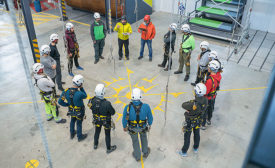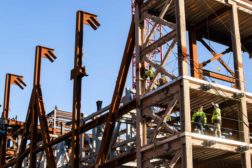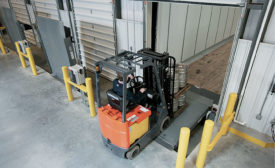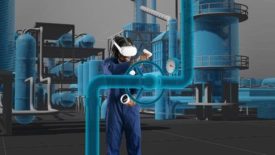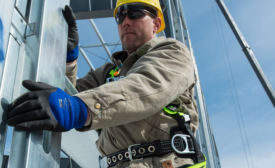Workplace Training Strategies
OSHA announces $11.7M in funding for safety, health training
Deadline to apply for grants is August 1
June 30, 2022
Cover Story
It’s construction season: Time for a refresher on worksite safety protocols
May 25, 2022
Best Practices
What’s that smell? Odor management should be part of your OHS program
May 25, 2022
Training
Invest in workers to prevent absenteeism, cut operating costs
Preventative training is essential when there is risk of workplace injury
May 17, 2022
Never miss the latest news and trends driving the safety industry
eNewsletter | Website | eMagazine
JOIN TODAYCopyright ©2024. All Rights Reserved BNP Media.
Design, CMS, Hosting & Web Development :: ePublishing
